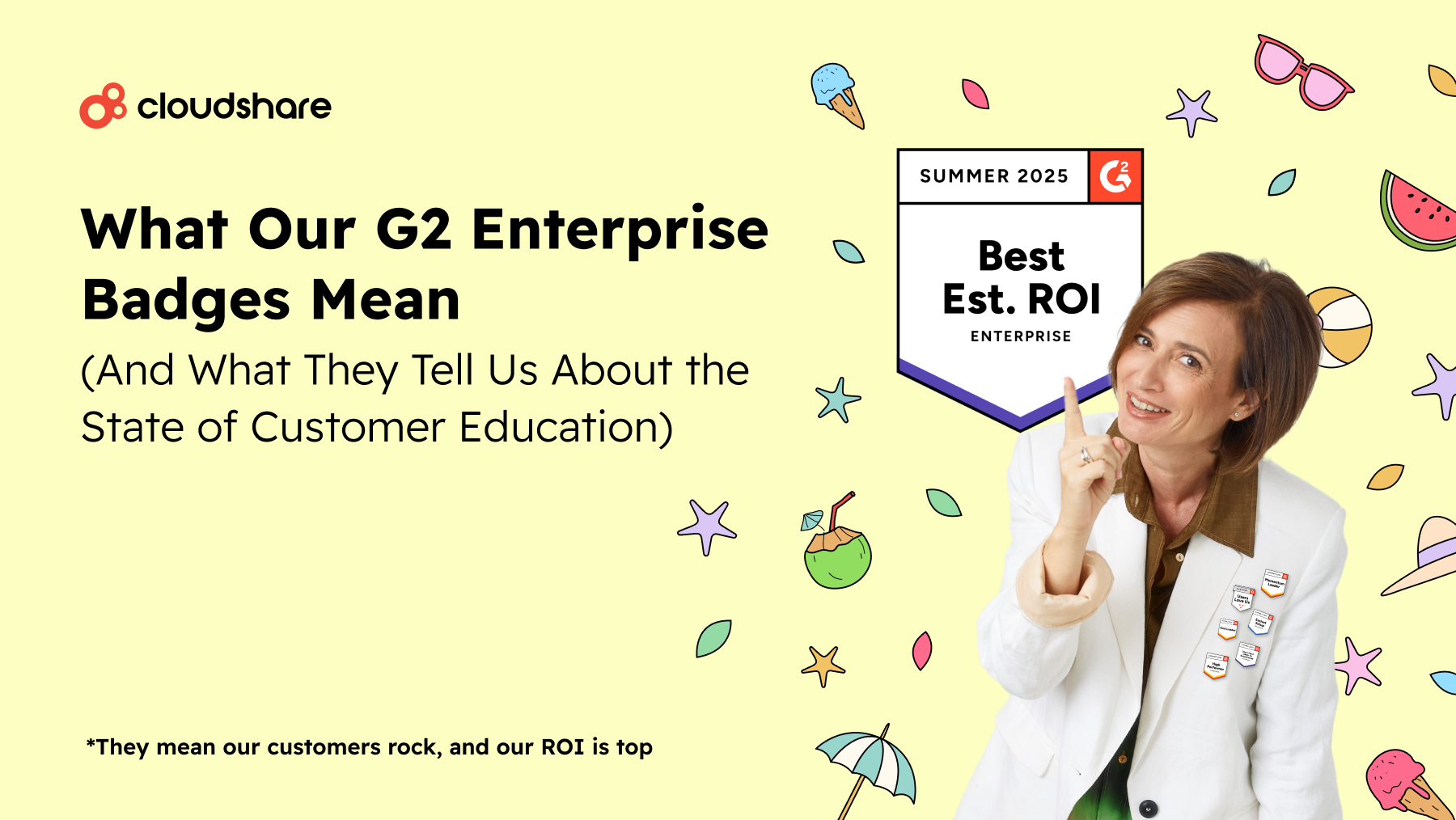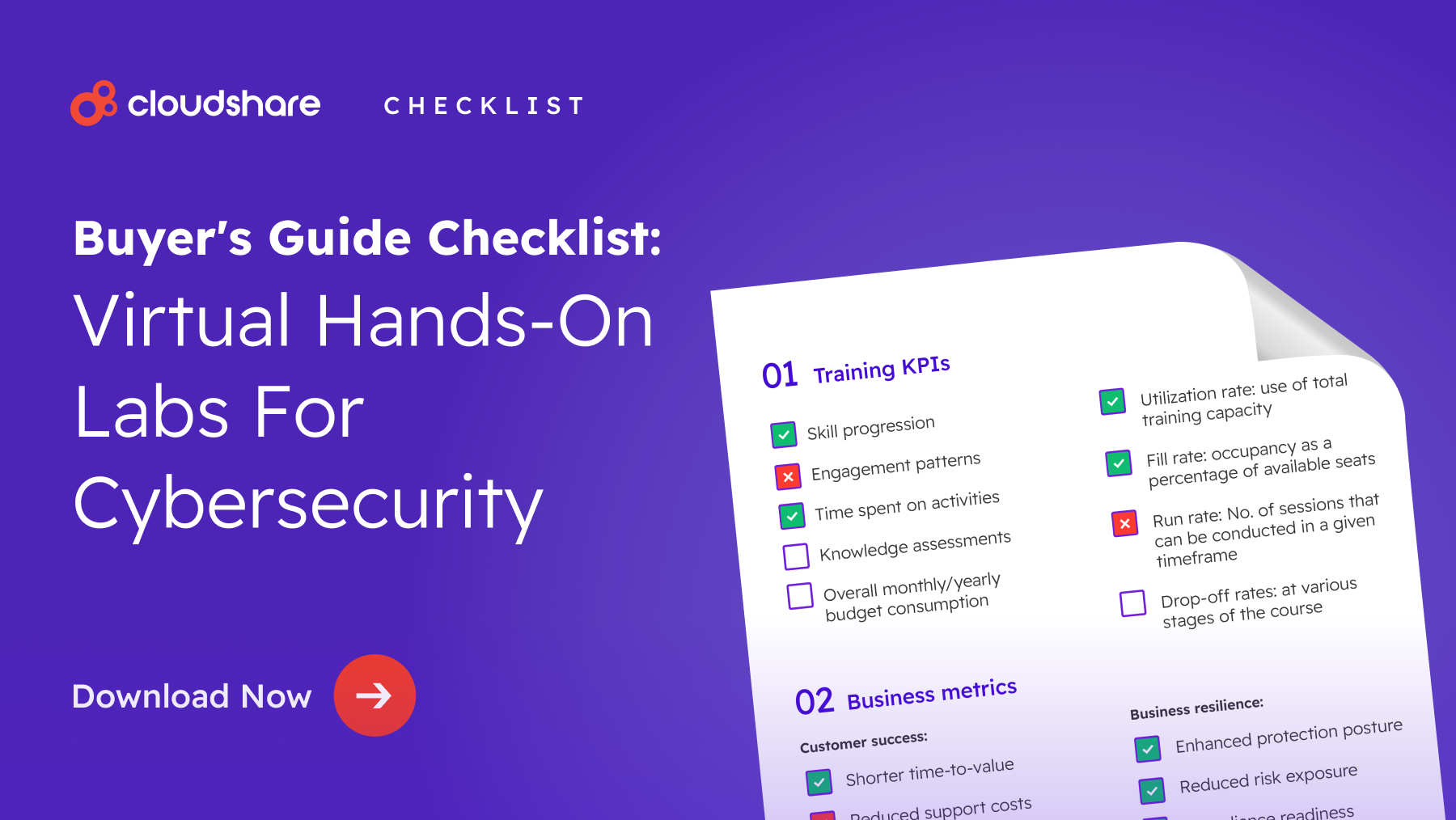Glossary
Hybrid Learning
Hybrid learning is an approach to teaching that uses a combination of remote learning elements and classroom learning to teach both remote and in-person students simultaneously. This method helped schools continue teaching during the pandemic, but it could also help you to deliver a stronger customer education strategy.
By harnessing the powers of the digital world while running in-person training sessions, you can train remote workers at the same time as those who are in the office. Hybrid learning and blended learning are often used interchangeably, but the two are slightly different.
Hybrid learning vs. Blended learning
While these two training approaches are very similar, and overlap in places, they aren’t the same:
Blended learning uses in-person training sessions and additional home-based learning to teach users.
Example: You run a training session for your product at a customer’s office. All employees attend in-person. Then you set additional training tasks for employees to work through alone, during working hours. Here you are blending instructor-led learning and self-paced learning.
Hybrid learning teaches in-person training sessions and uses technology to simultaneously include remote users in the session.
Example: You run a training session for your product at a customer’s office. Some employees attend in-person while others join via video call from home/another office. You run your training session to both groups and include interactive elements that are accessible for both groups.
Of course, you can still use the hybrid learning model within a blended learning approach, training both in-person and remote employees in real time, then setting further independent training for both groups. Combining these two approaches could help to improve overall engagement and provide a more engaging customer journey.
How to implement hybrid learning
Introducing a hybrid learning model in your training sessions doesn’t have to be difficult. With the right software, merging these two worlds can be seamless. While video conferencing works to some extent, it makes hybrid hands-on training a little fiddly. Many software companies find that they prefer an all-in-one platform that allows them to host hands-on training, as well as lead the session via video link.
With combined virtual lab and video call software, you can train huge numbers of clients, both in-person and remote, without ever having to switch platform, eliminating that awkward couple of seconds flicking through Chrome tabs during the demo.


